I'm a new member of the Rim of the World Historical Society, headquartered in Lake Arrowhead but covering many of the towns nestled in the San Bernardino National Forest—and it's making me feel new-to-California again.
Like when I received the announcement of a tour of the old Pinecrest Mountain Resort, located in the "Crest Forest" town of Twin Peaks (formerly known as Alpine and, before that, Strawberry after a local strawberry farm).
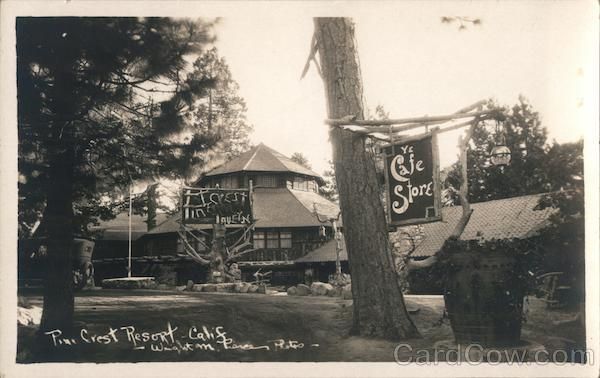 postcard image via CardCow
postcard image via CardCow I'd never heard of it—but it was once a big deal in the mountains above San Bernardino. Postcards at the time promoted it as "A complete town in the Big Pine Woods." One a brochure sold it as "Log Cabin Land Among the Clouds in the Big Pine Woods Near Lakes Near Streams in California." Another advertised the "Bungalow Town in the Big Pine Woods on the Crest of the San Bernardino Mountains." 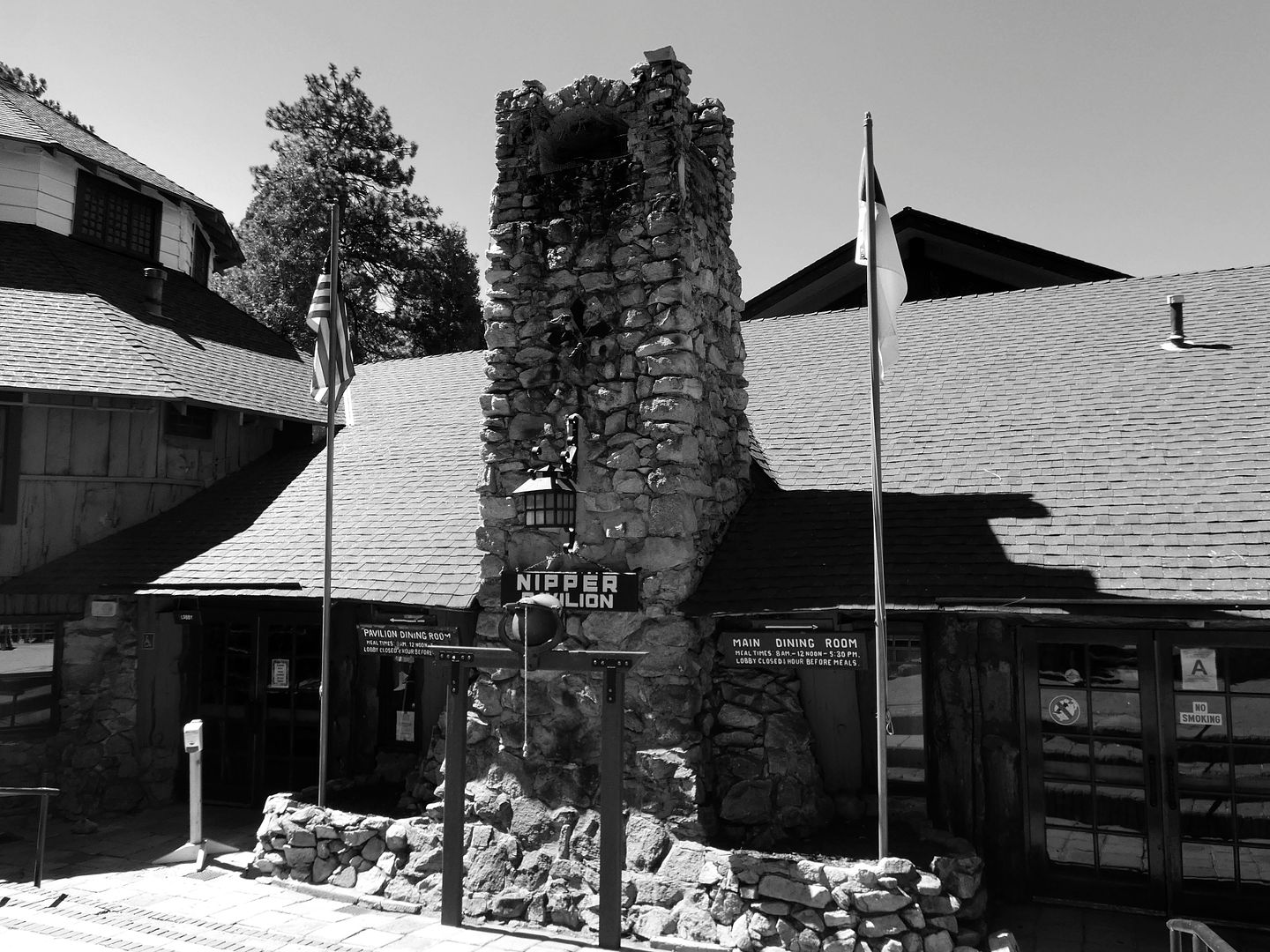

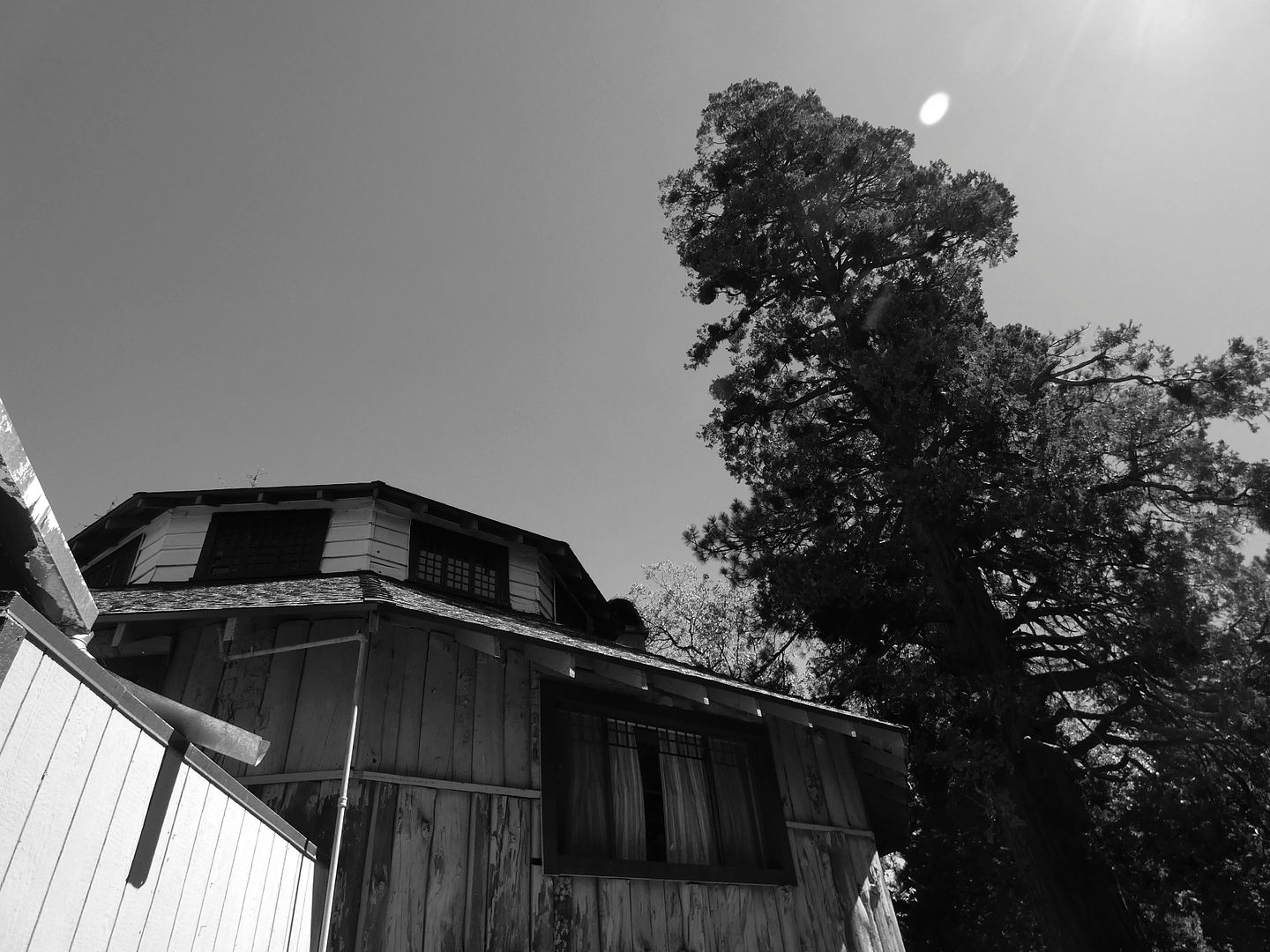
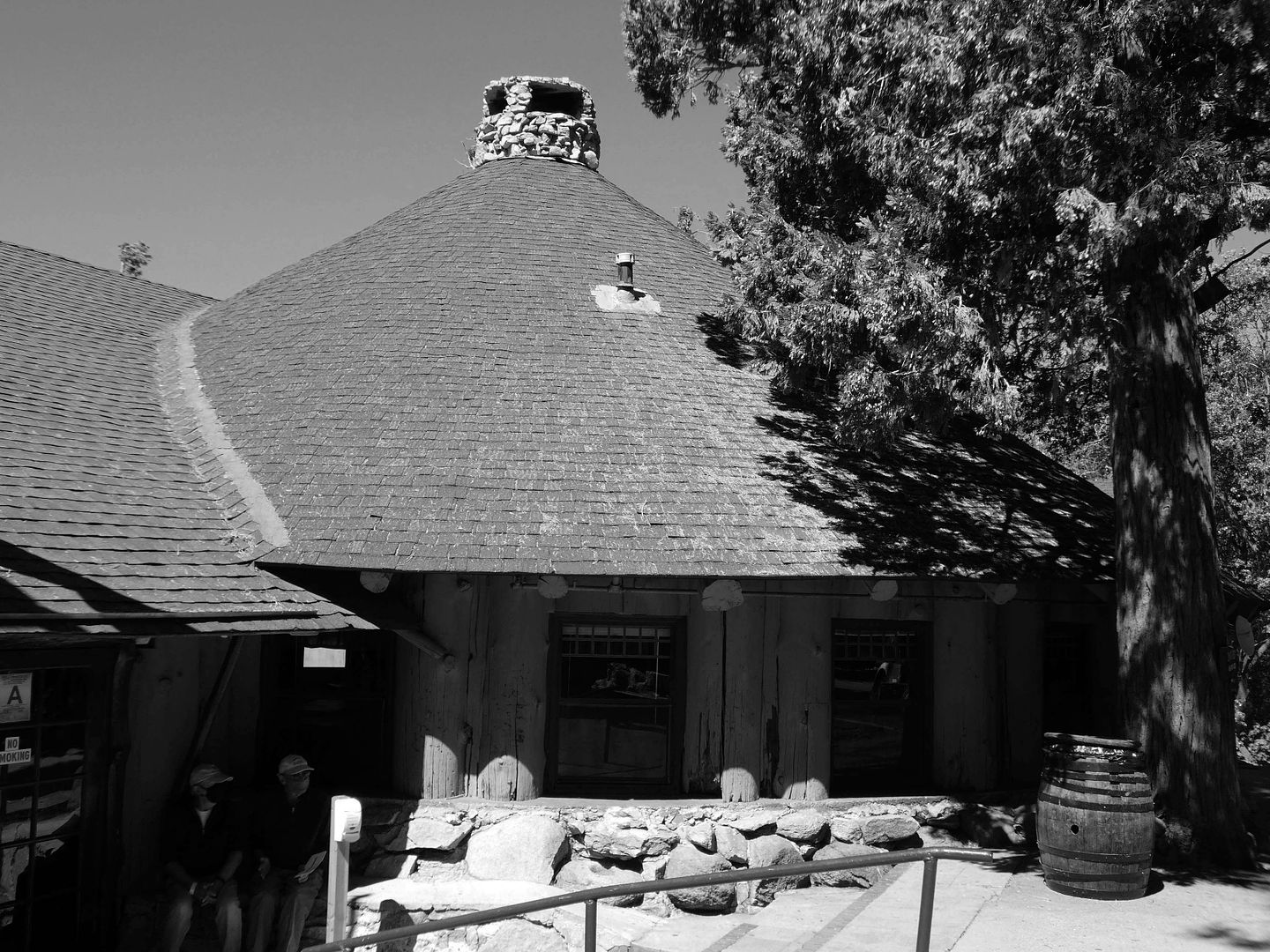
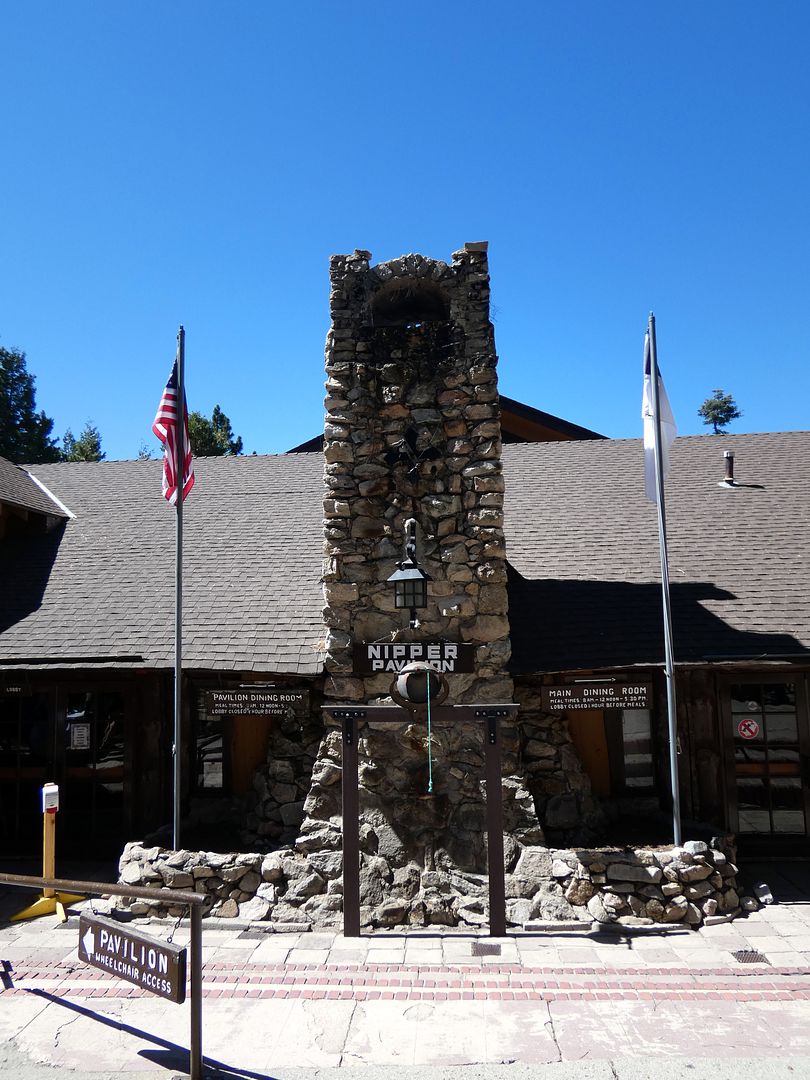
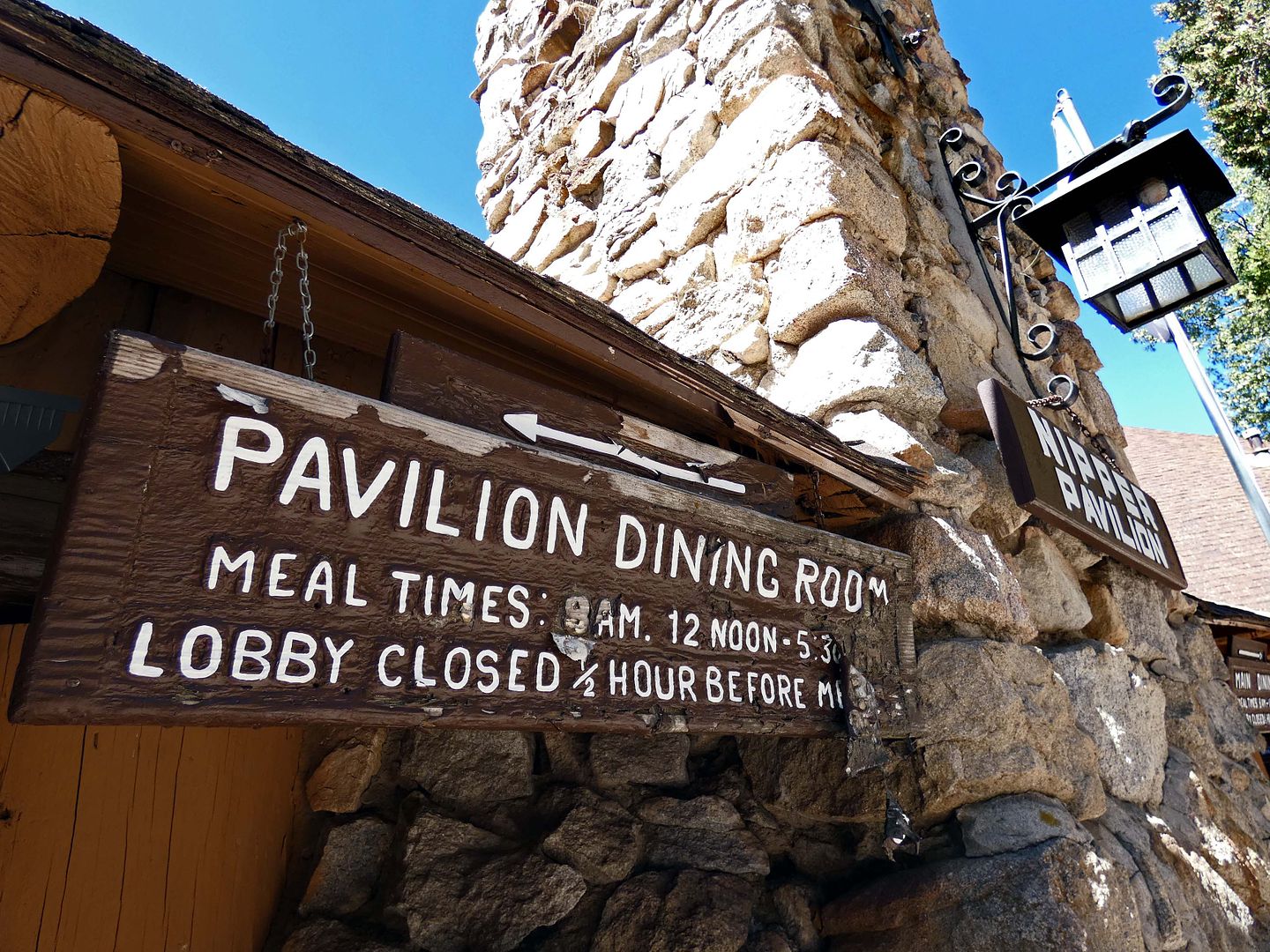
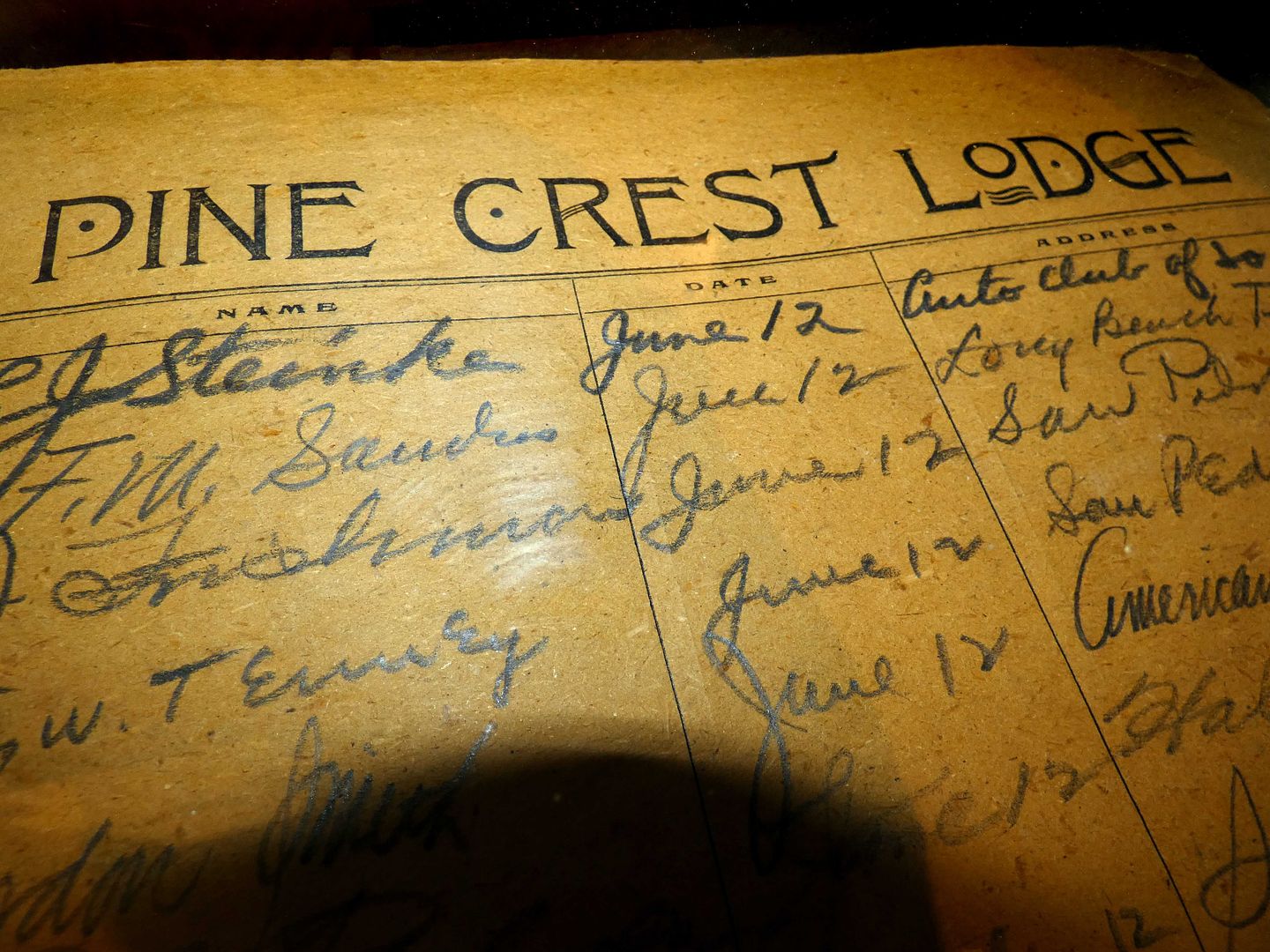
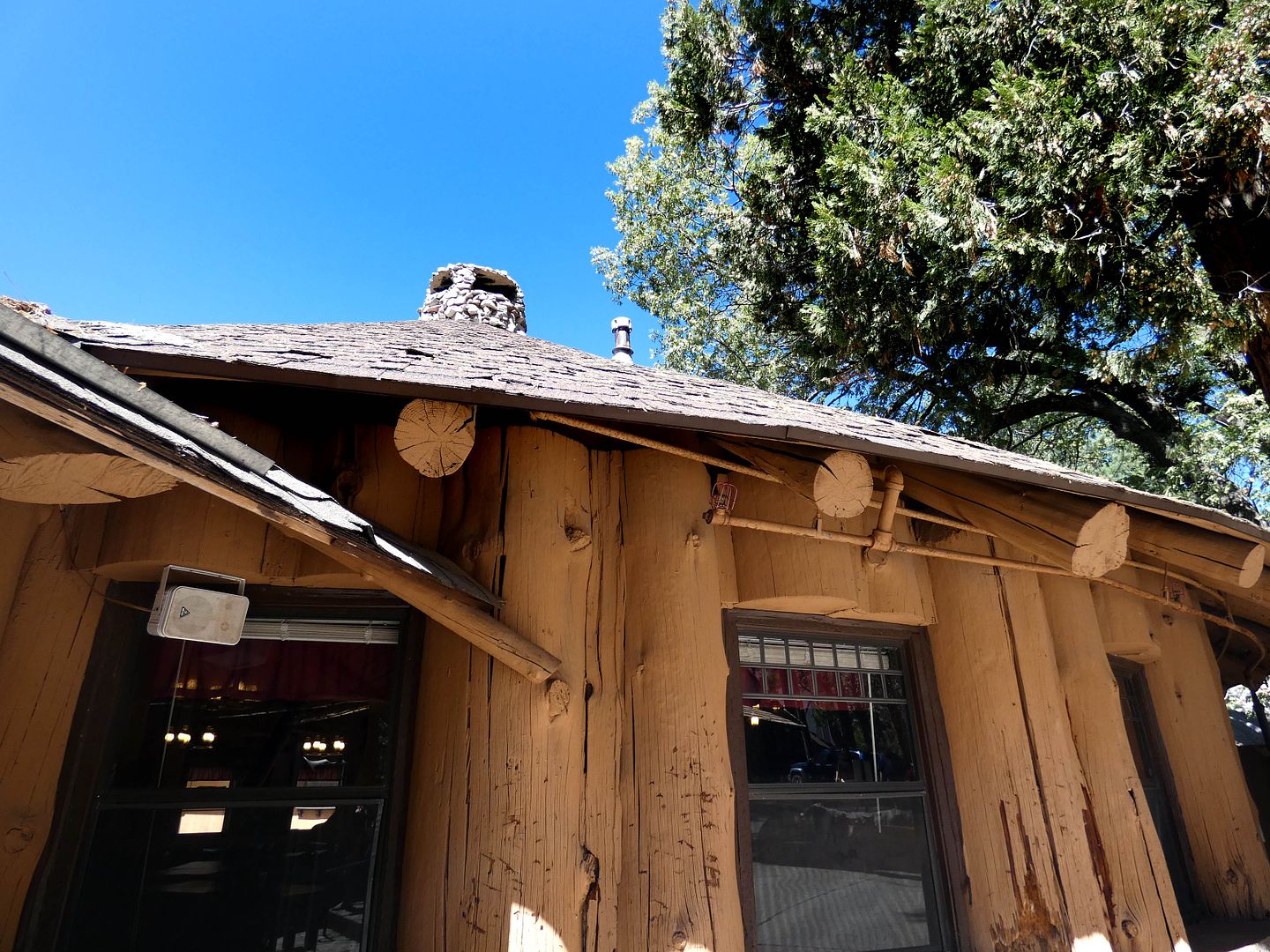
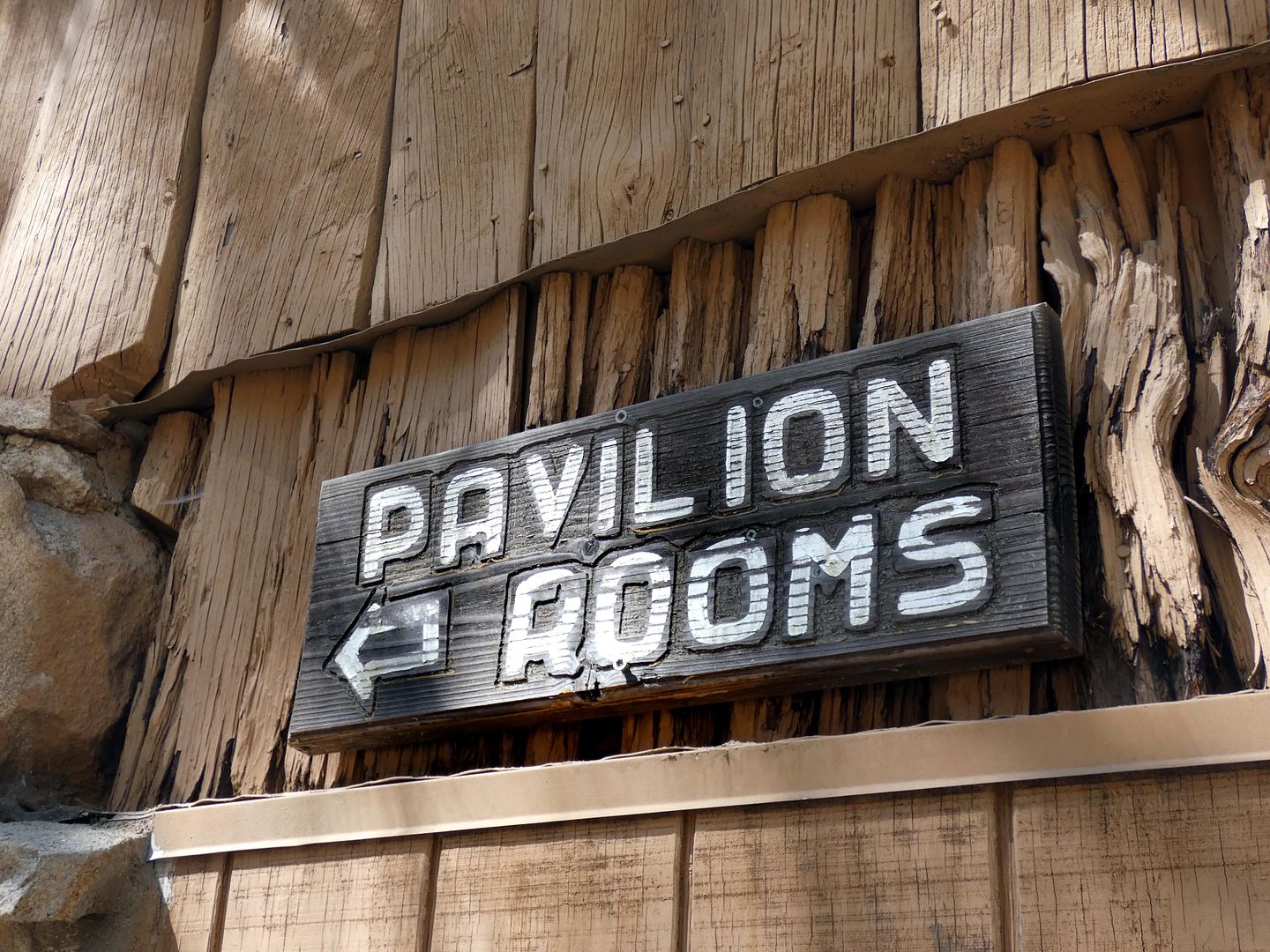
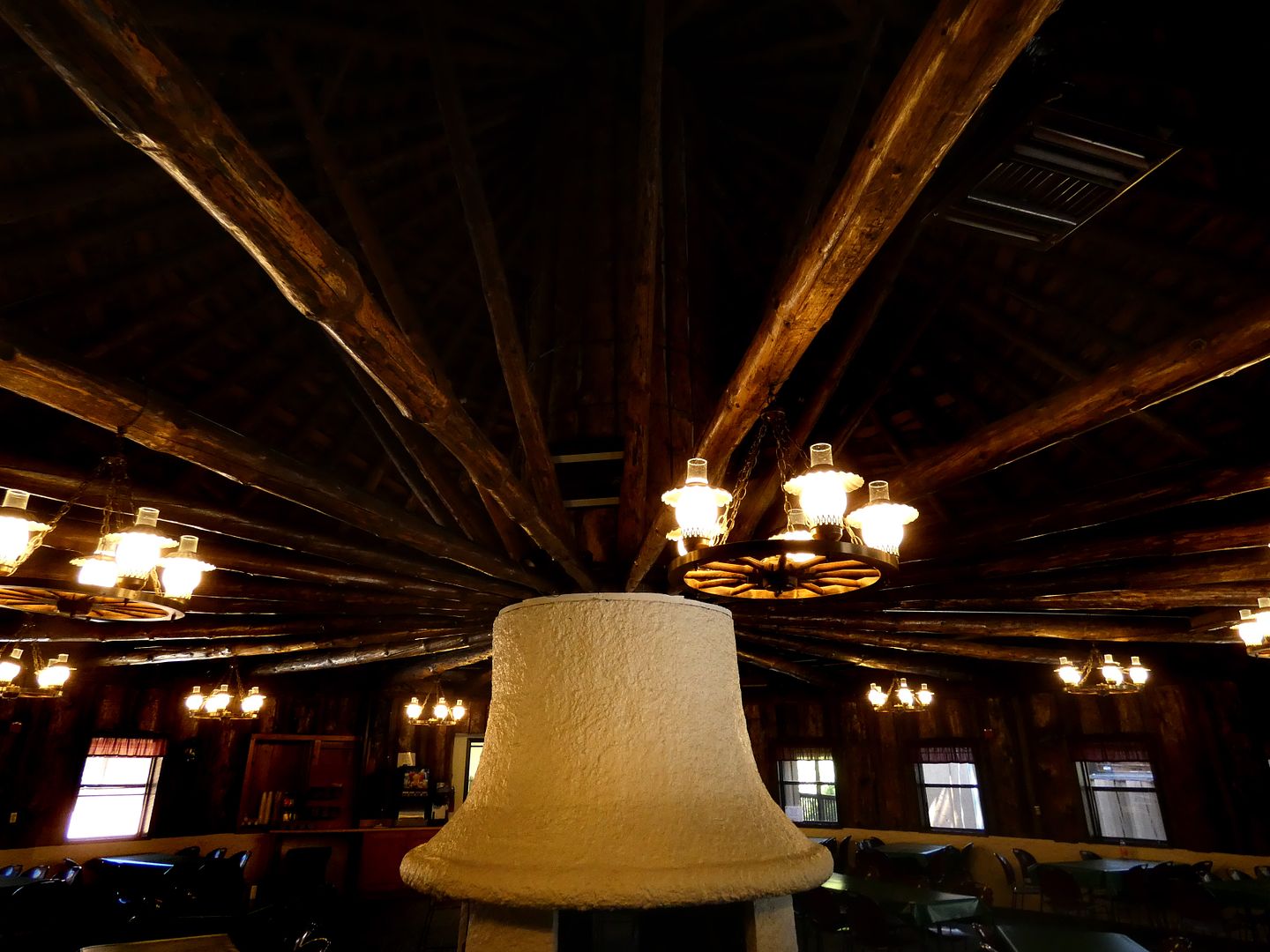
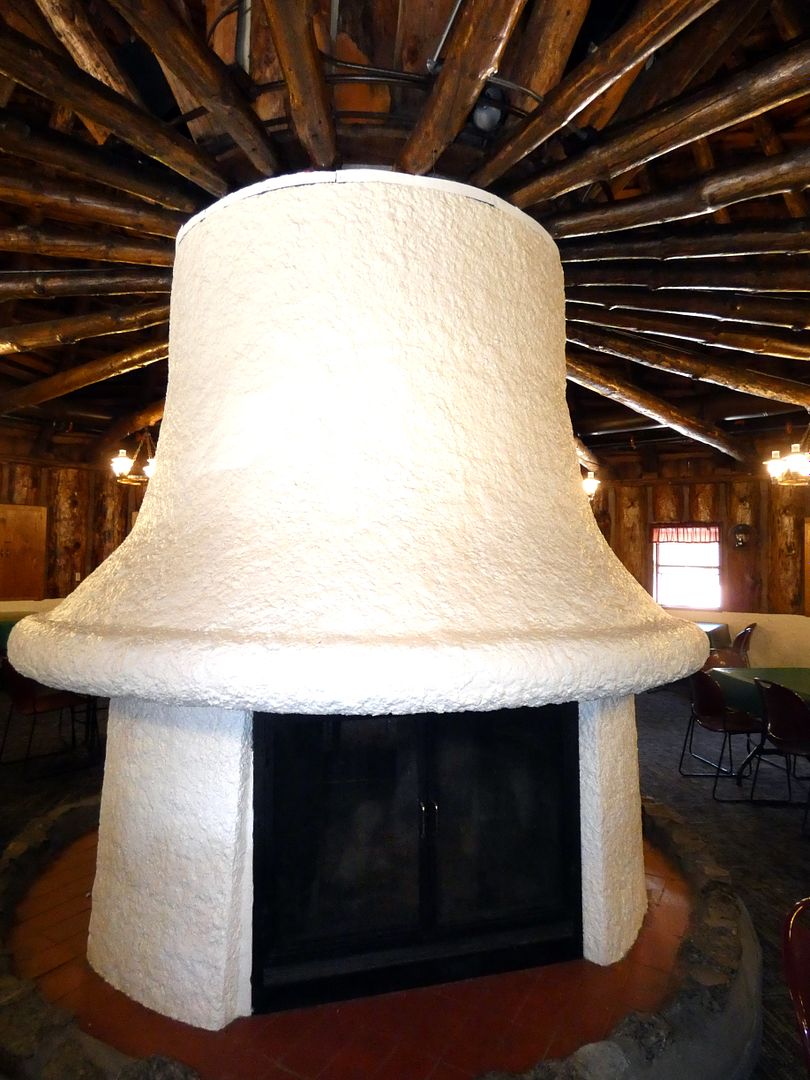
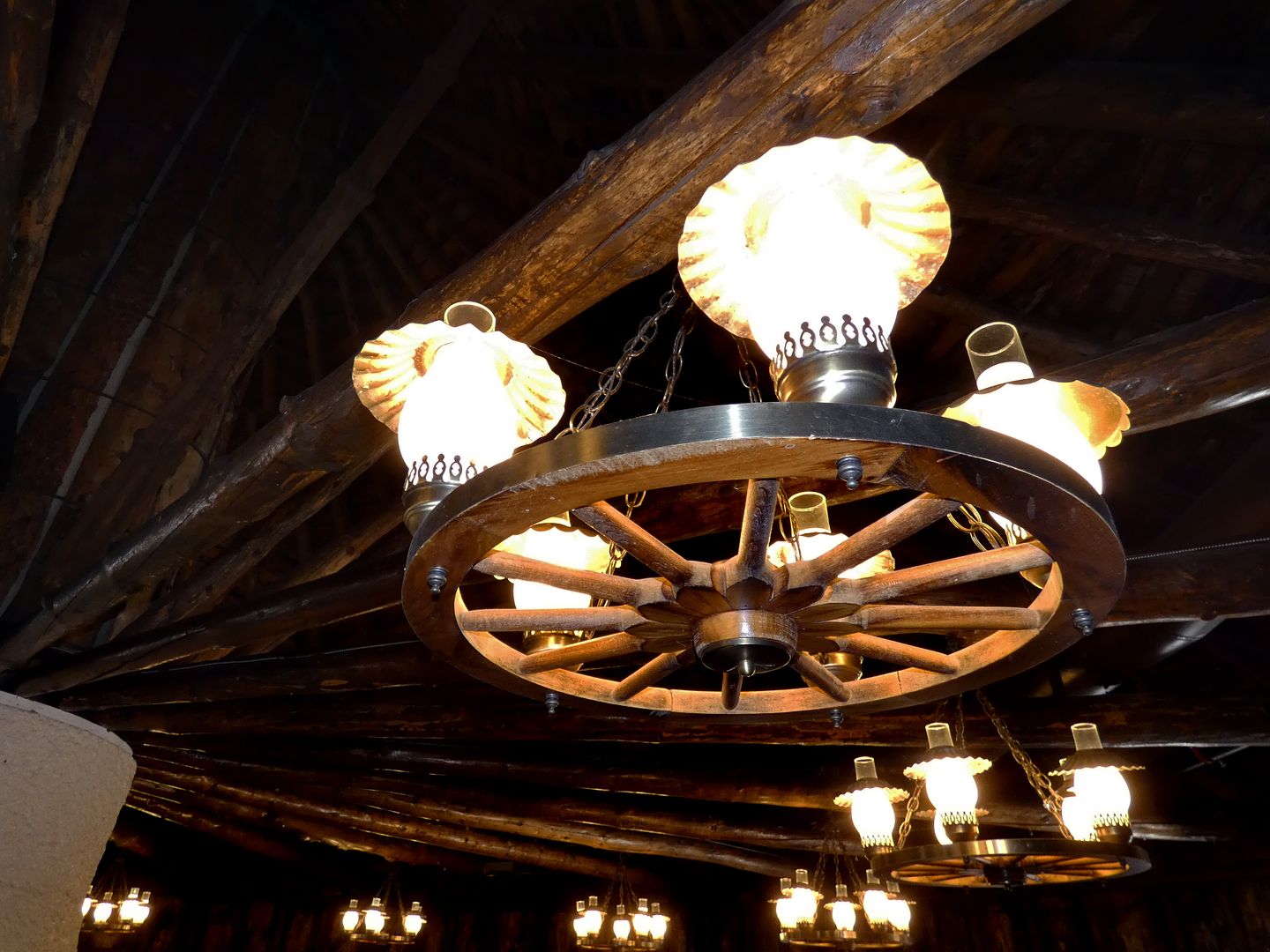
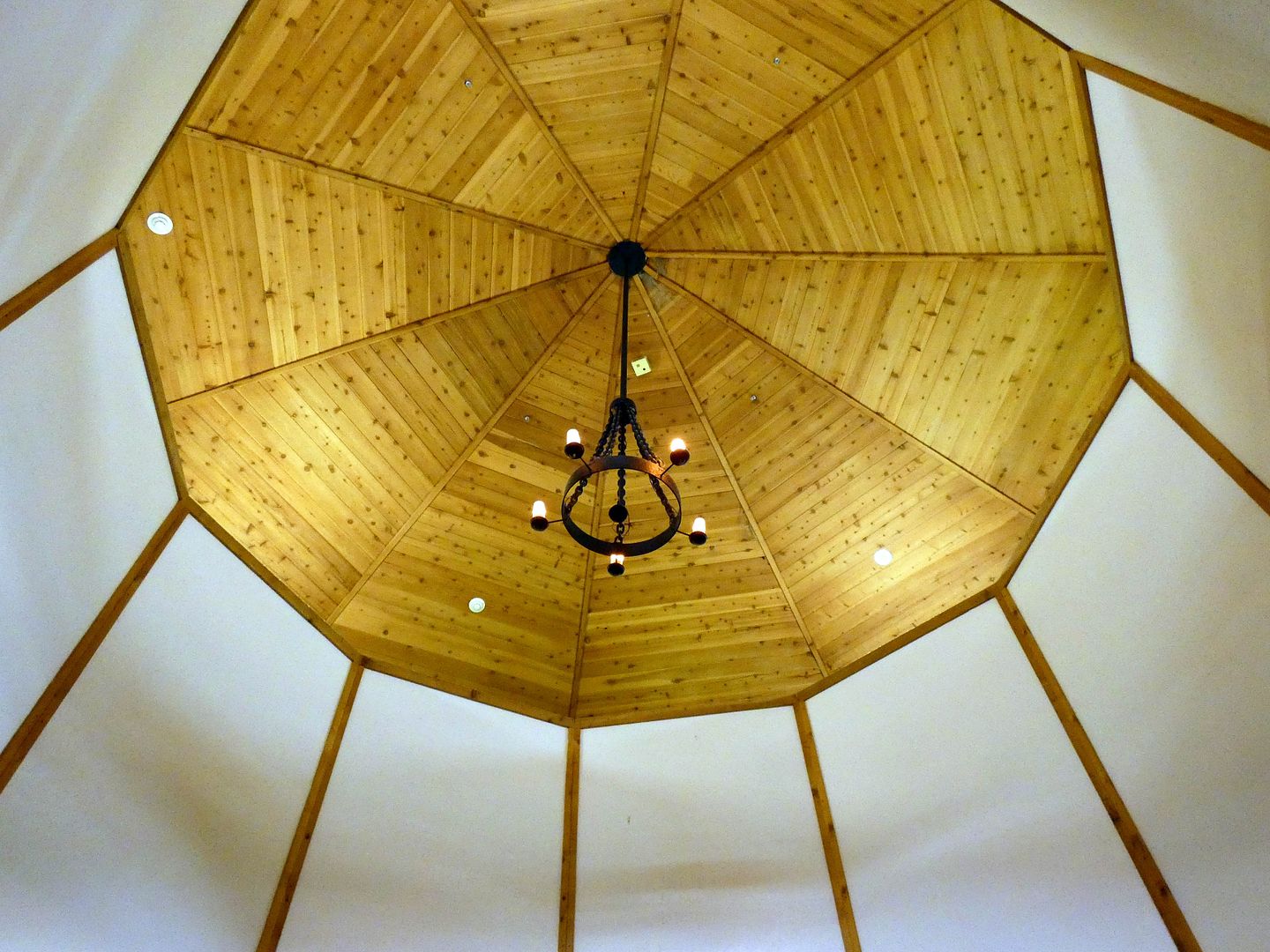
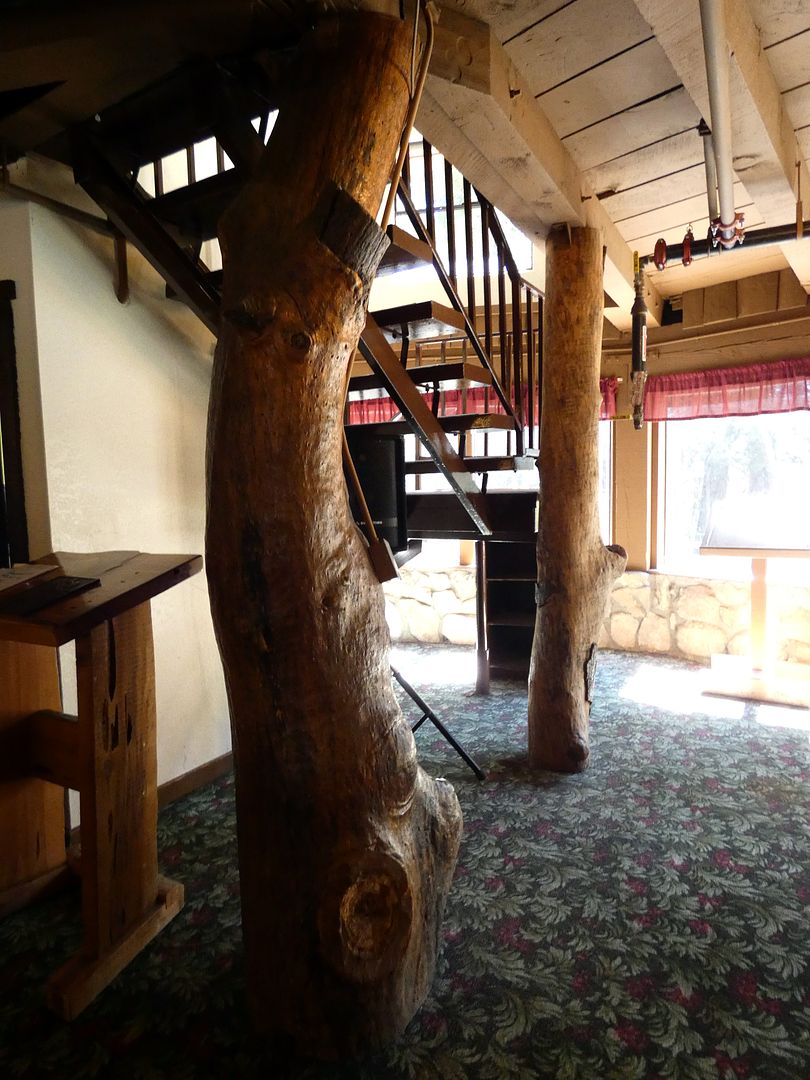
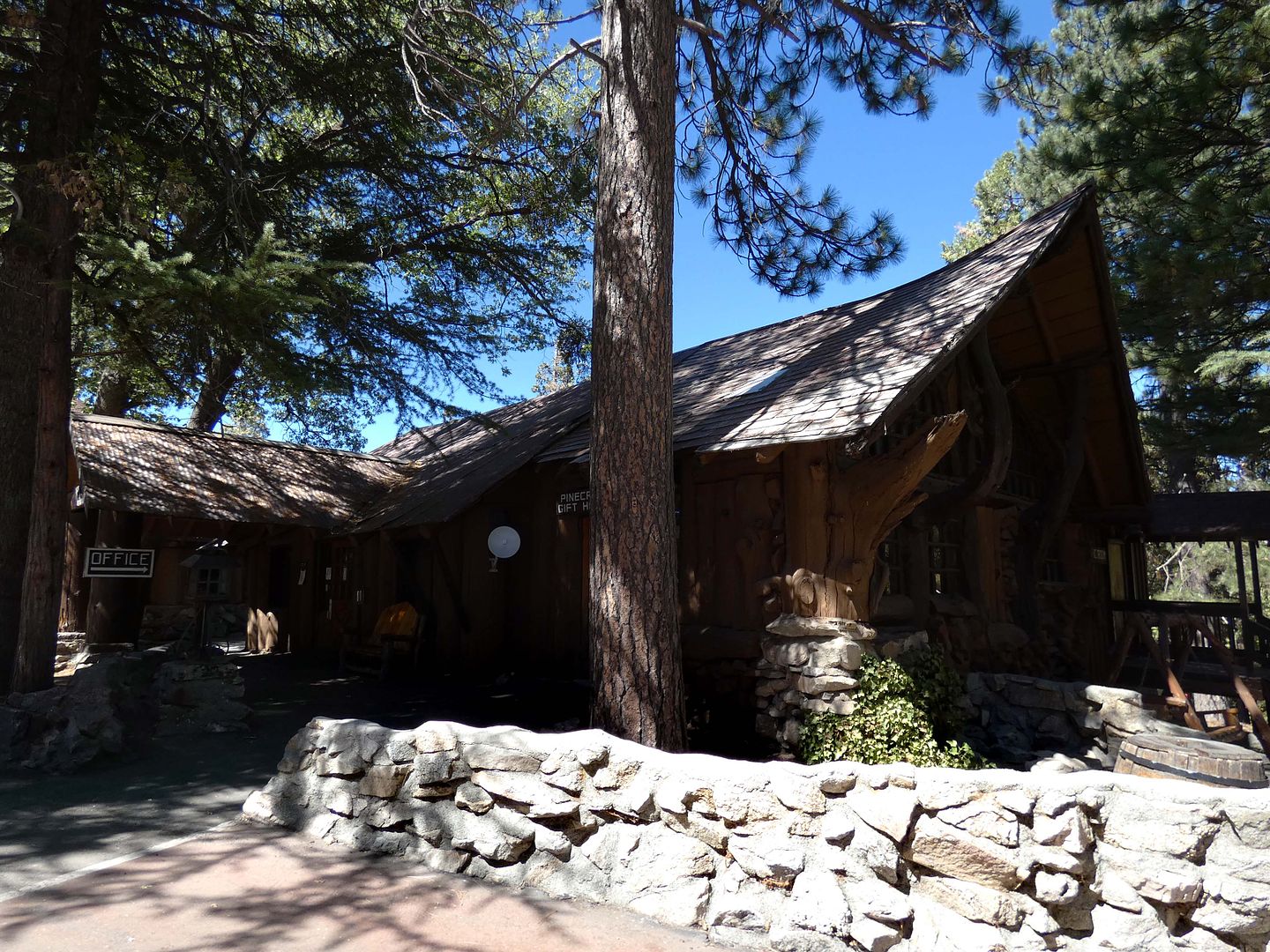
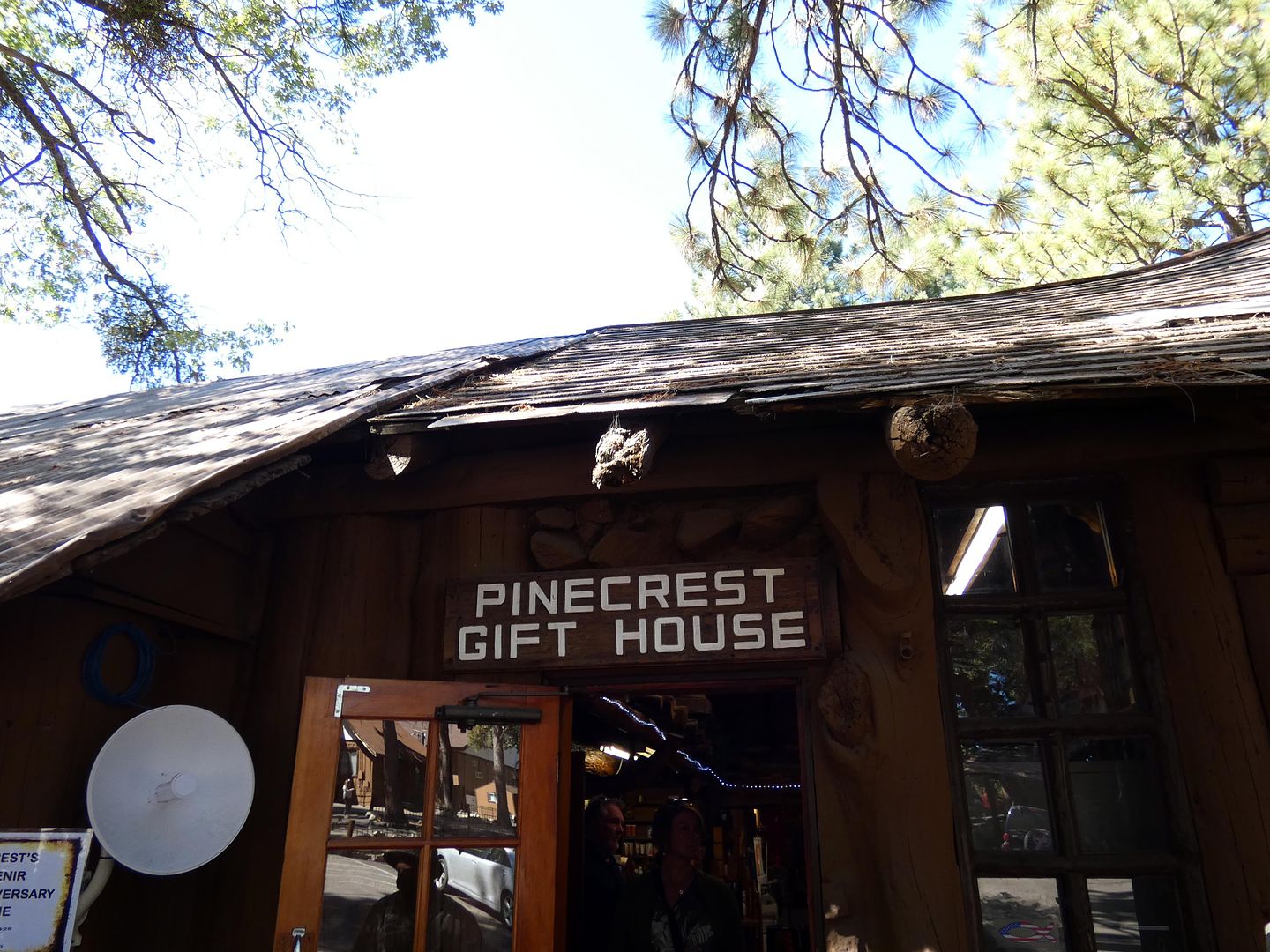
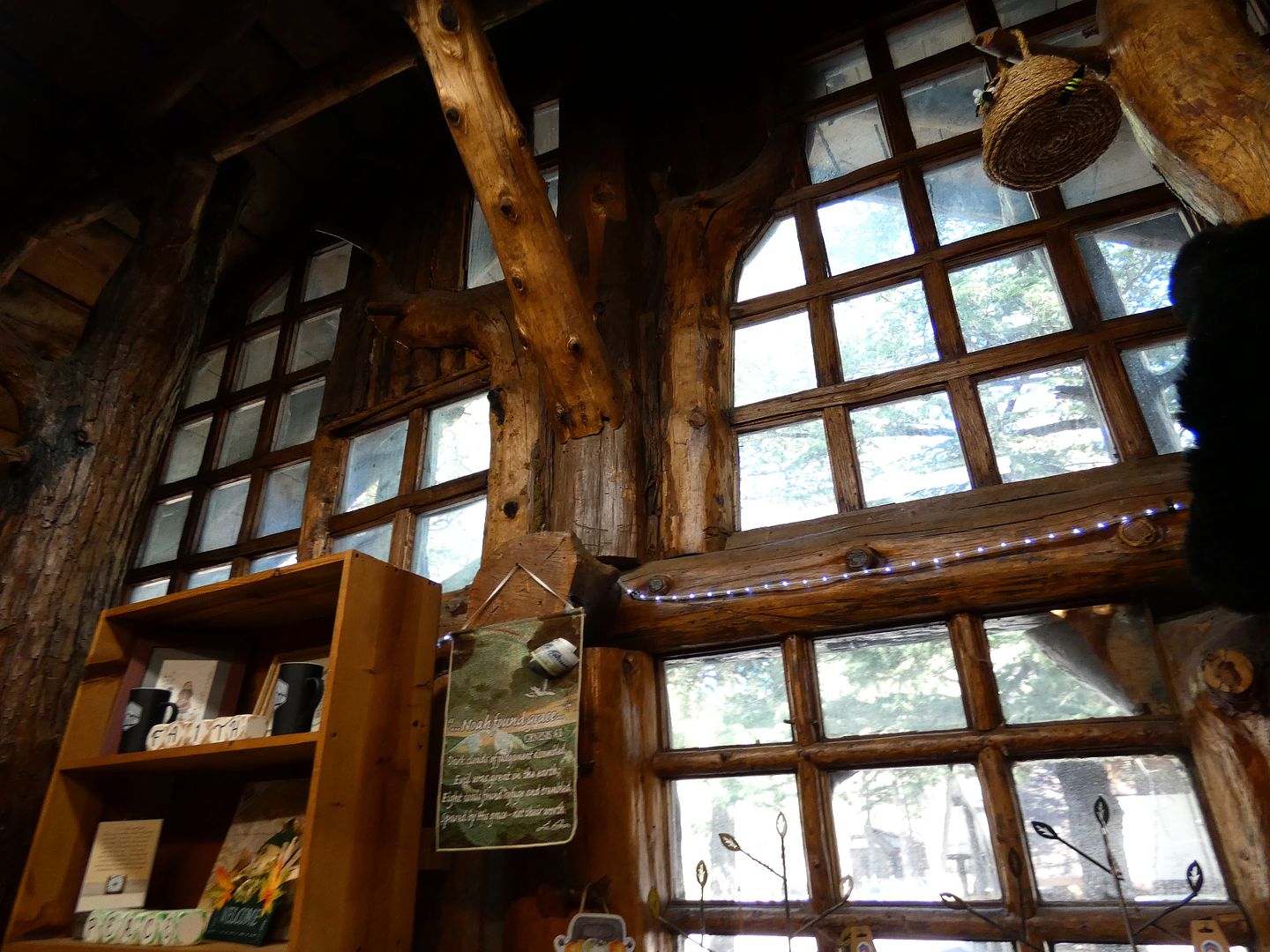
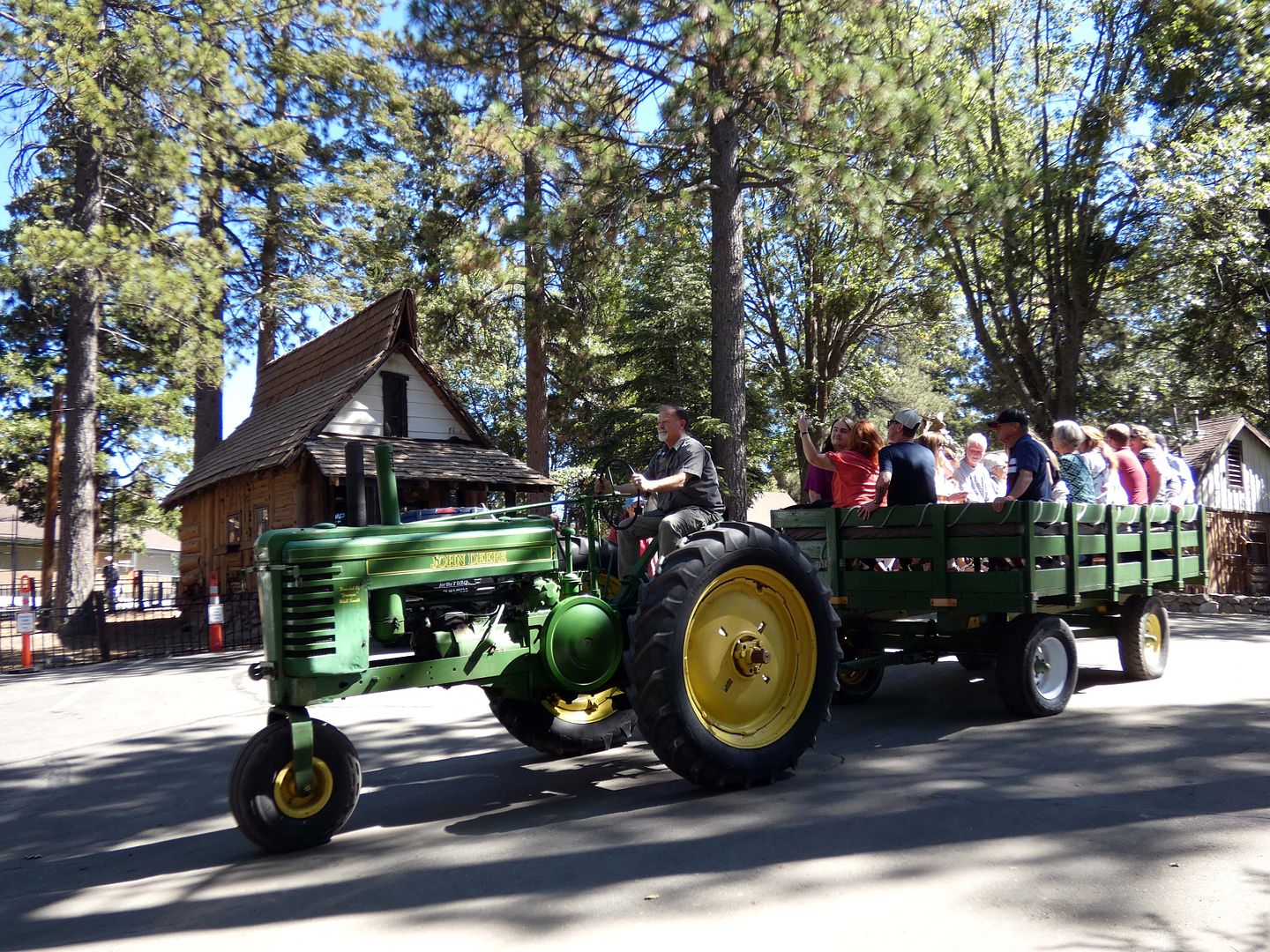
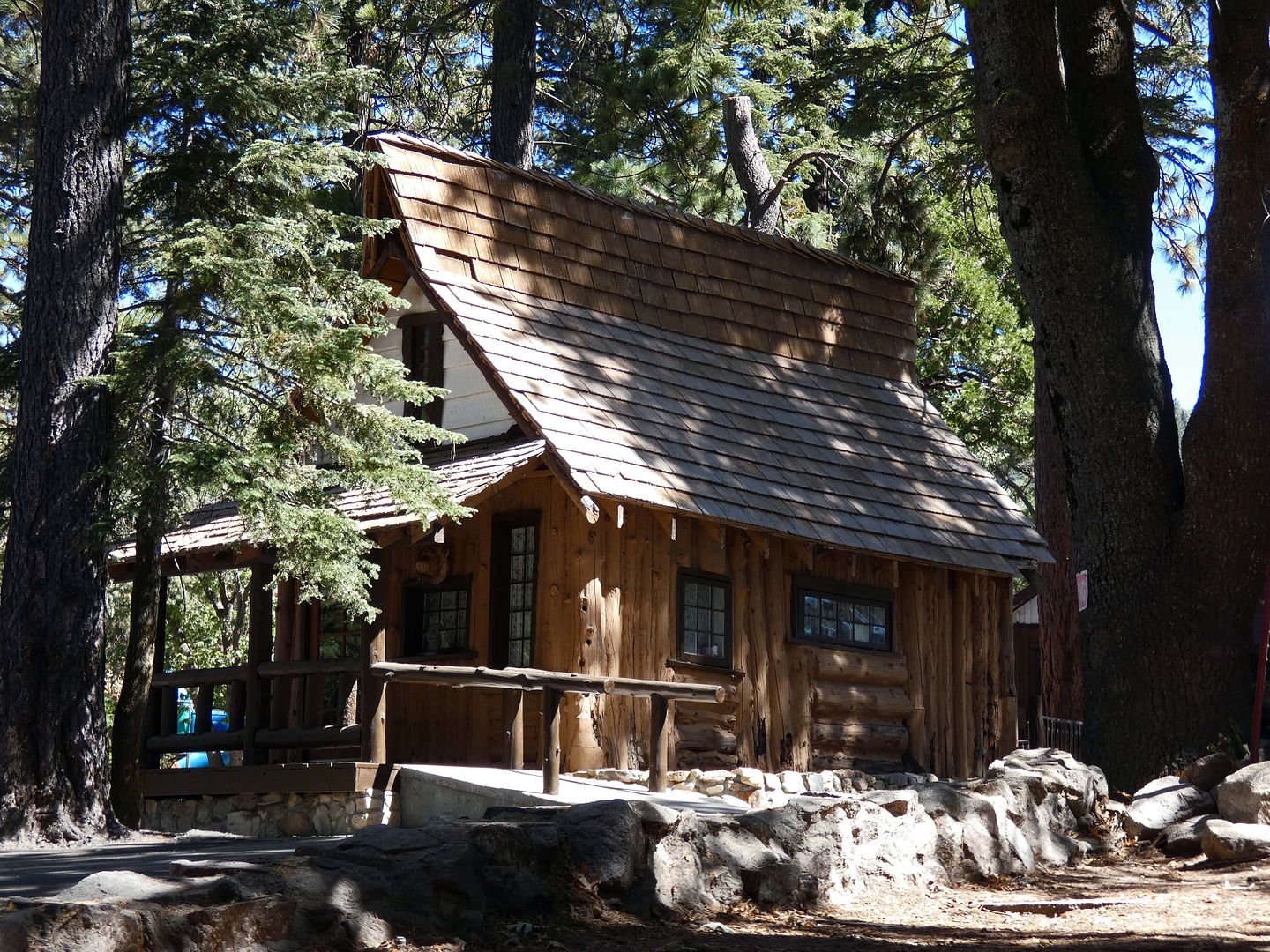

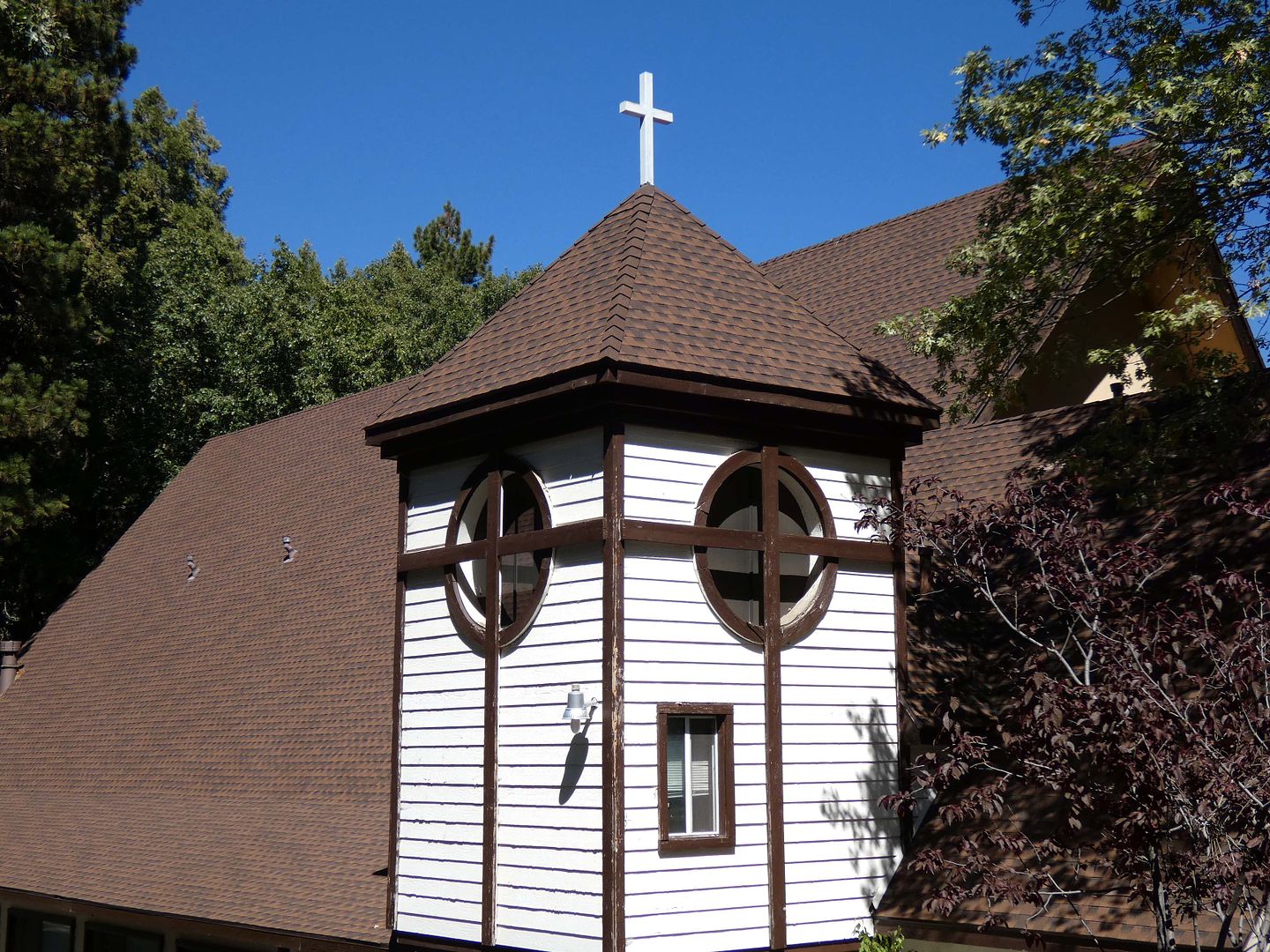
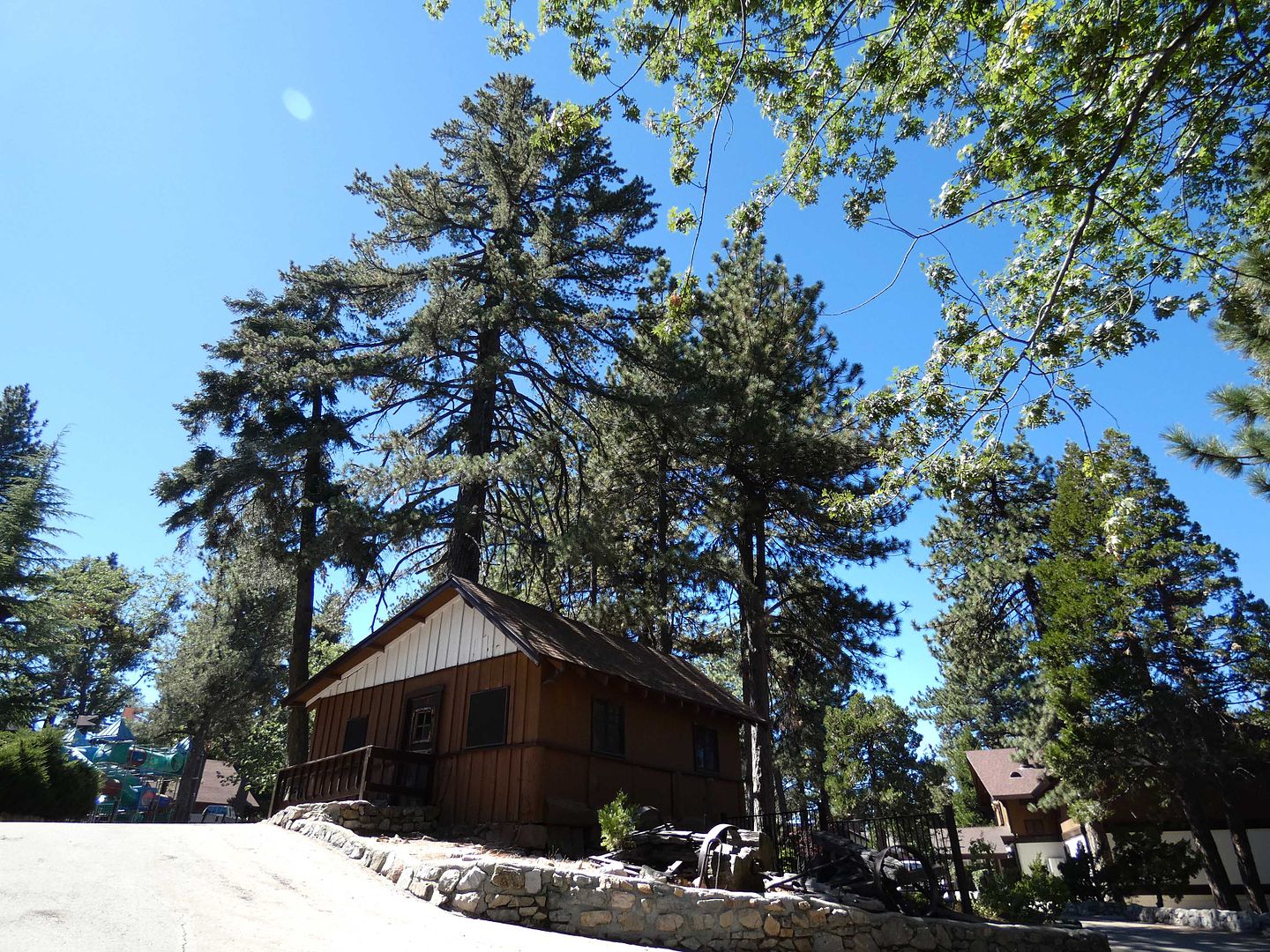
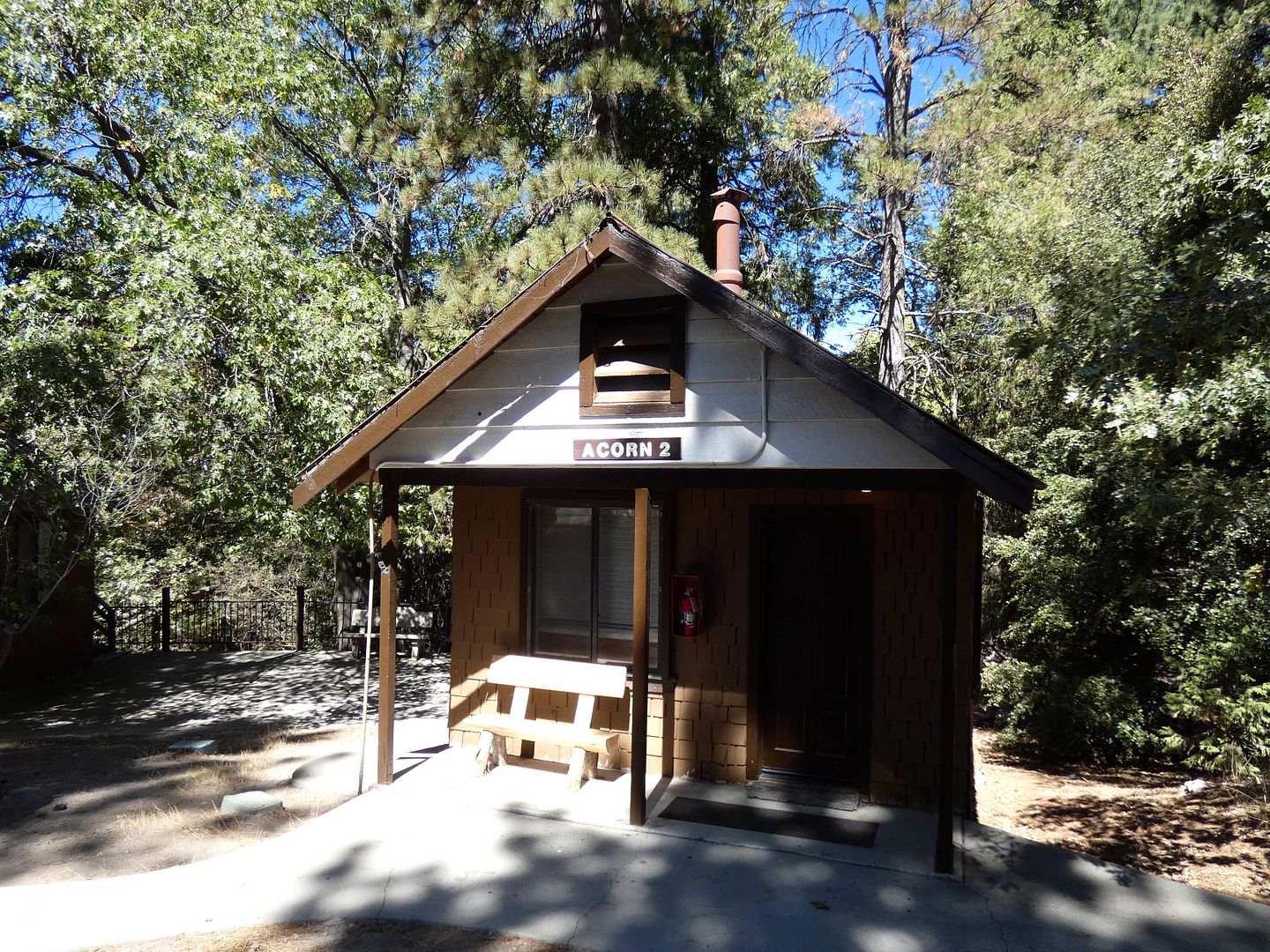
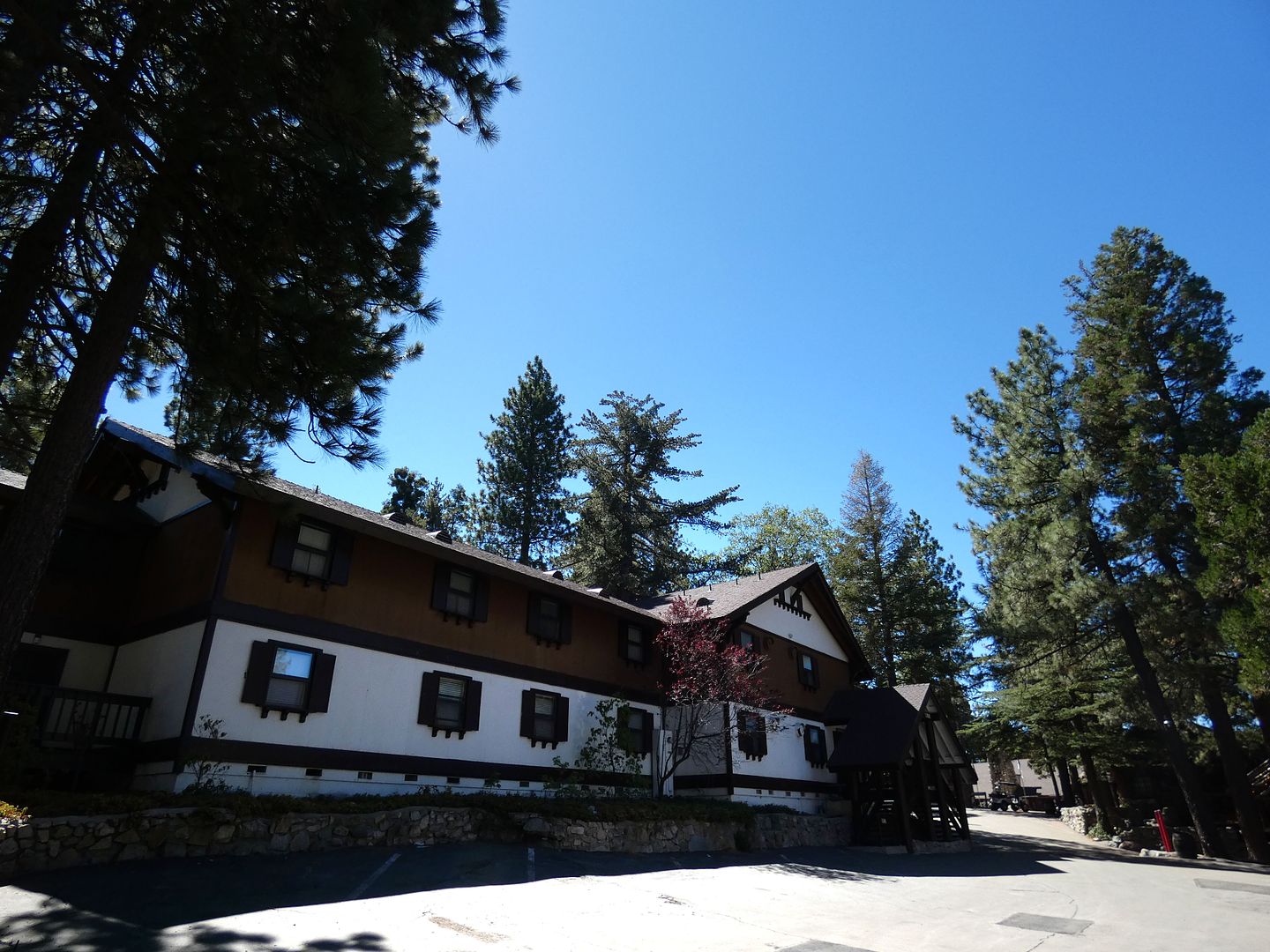
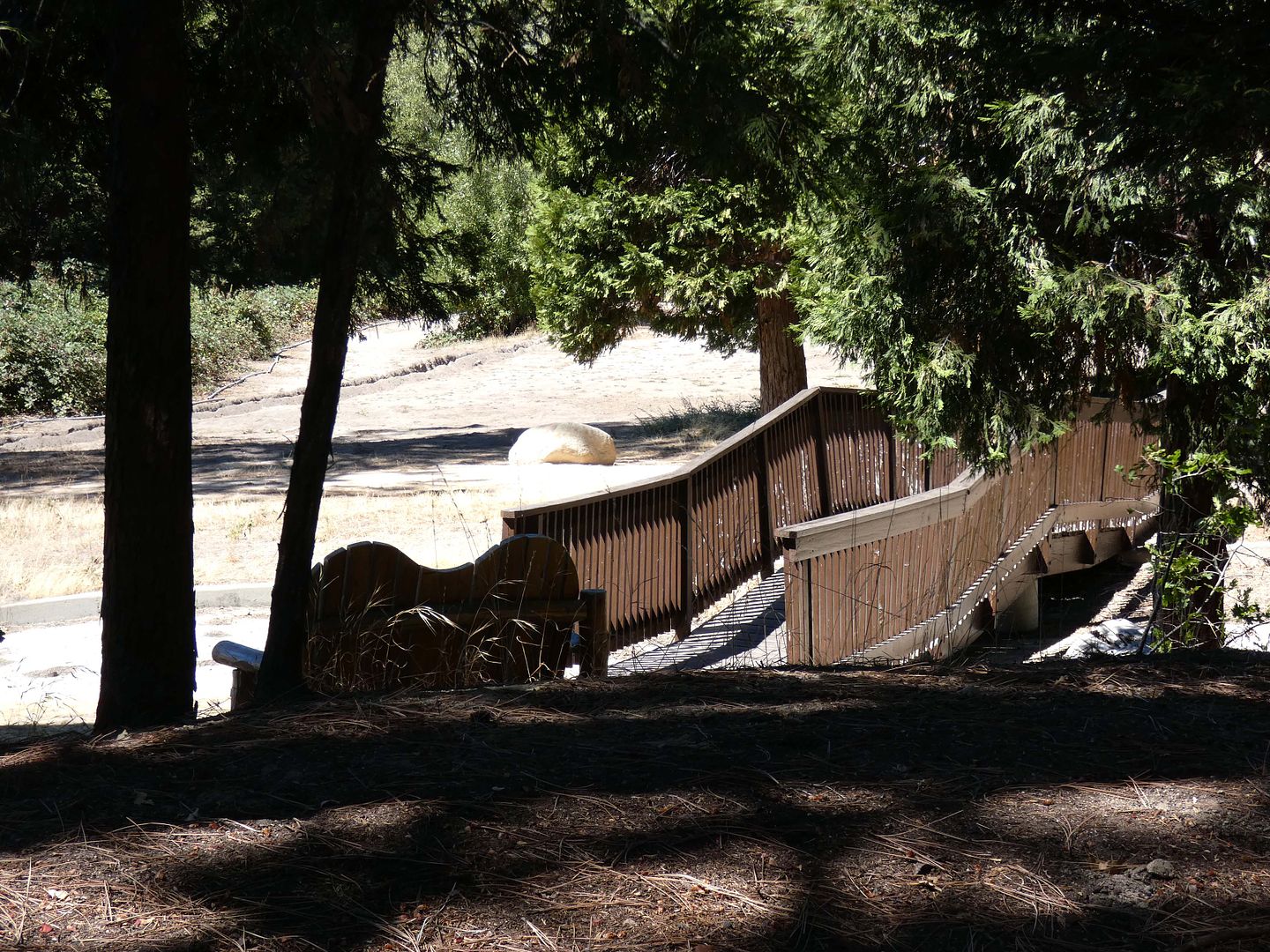
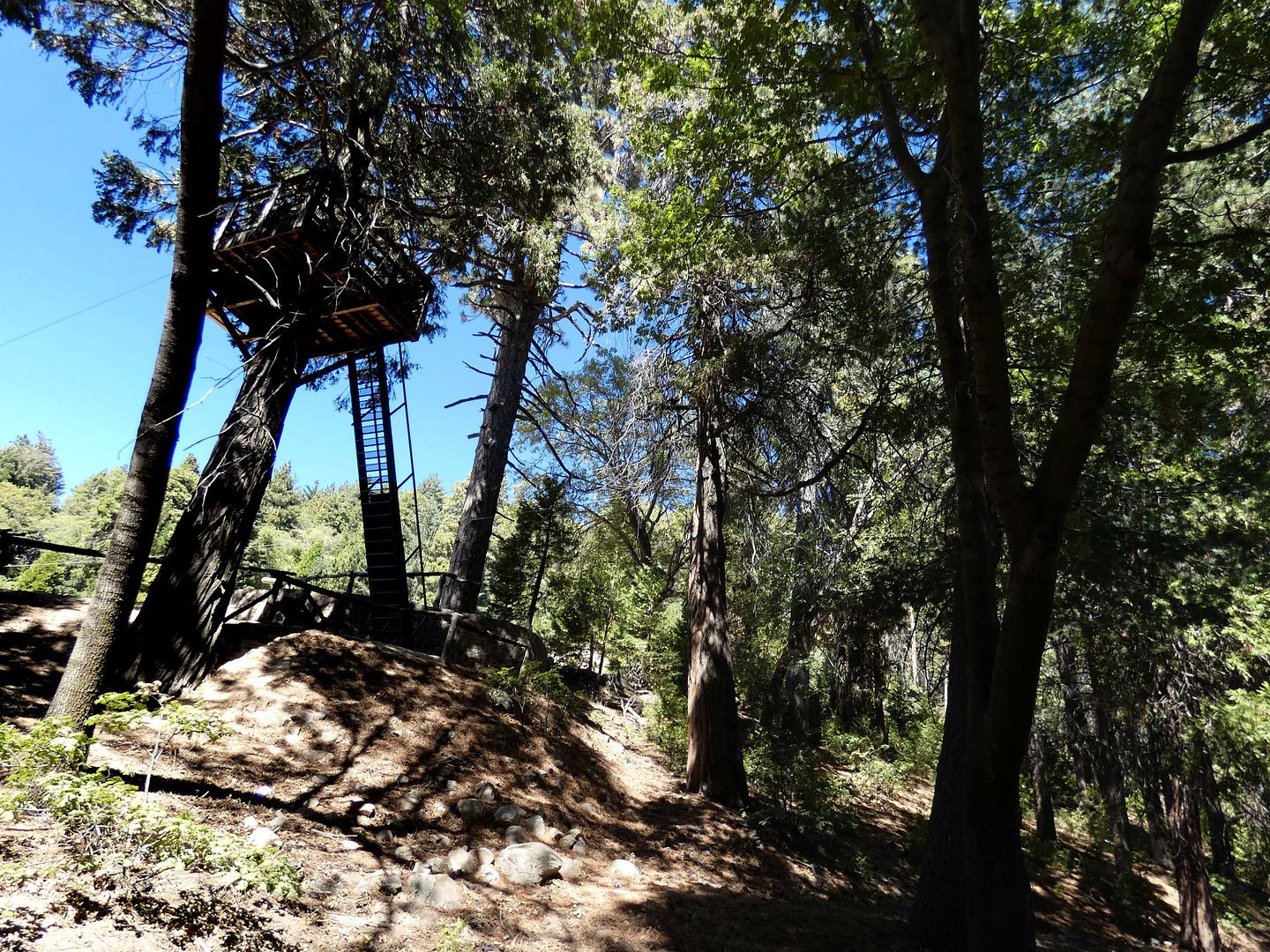
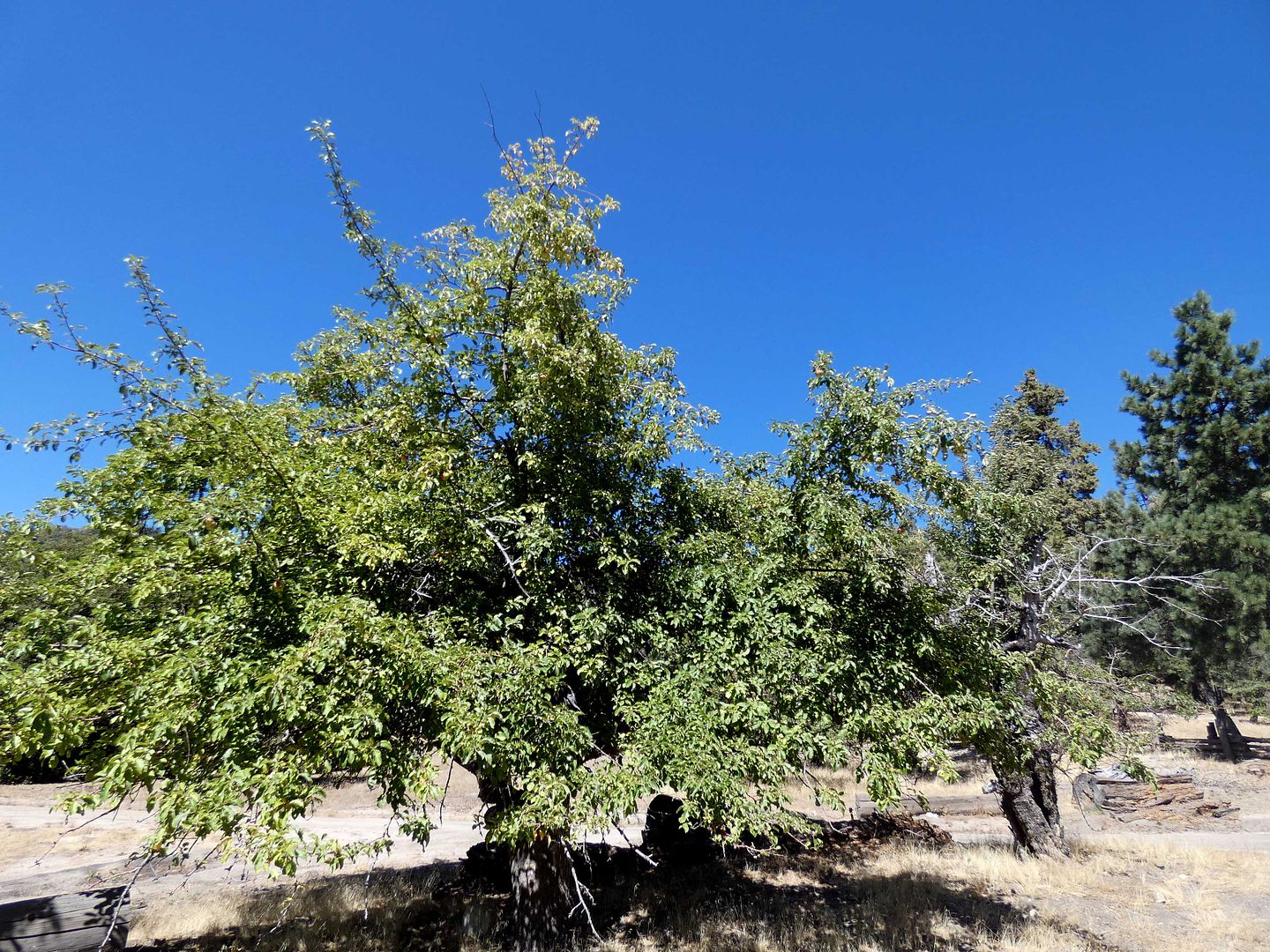
.jpeg)

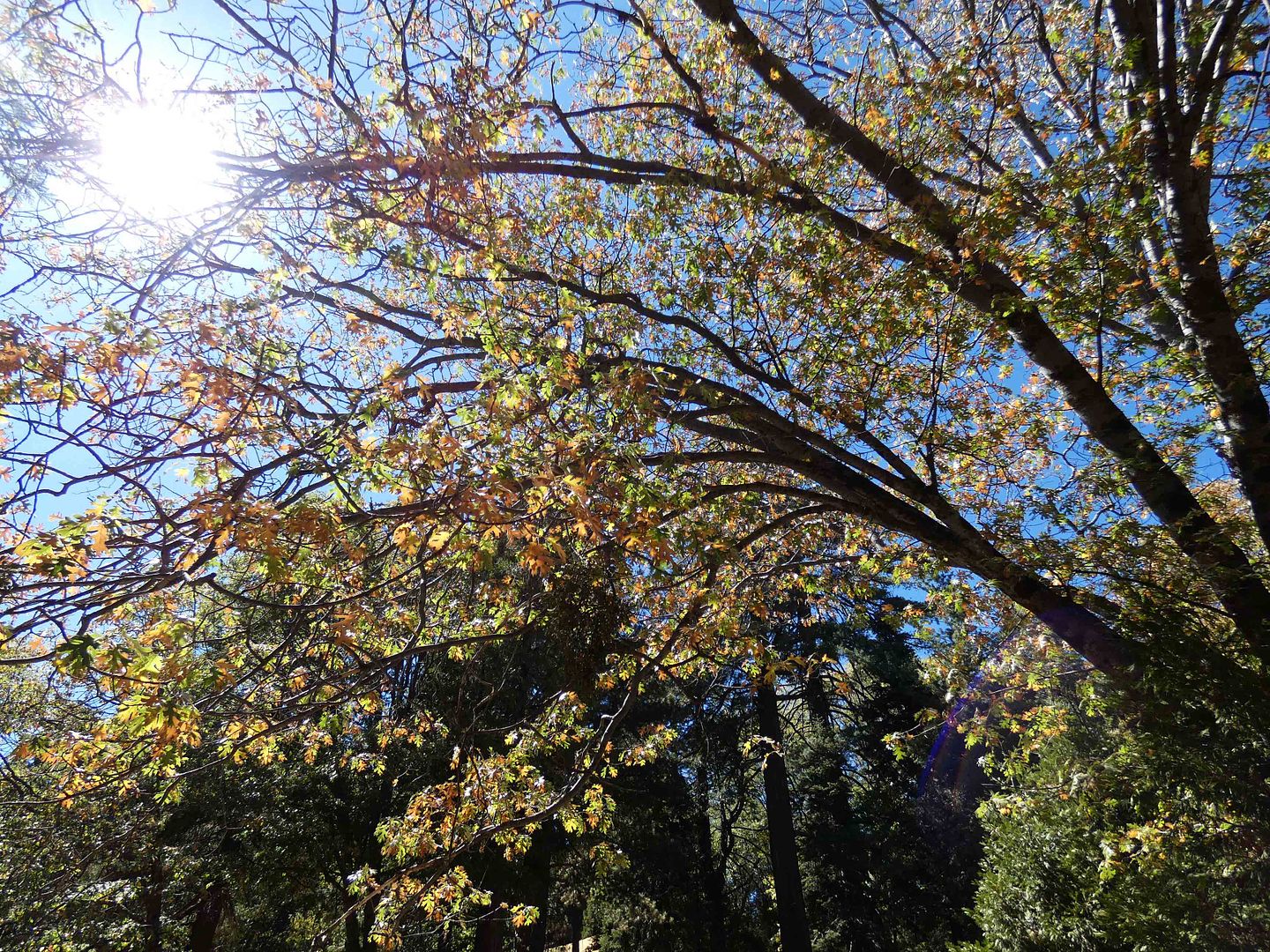
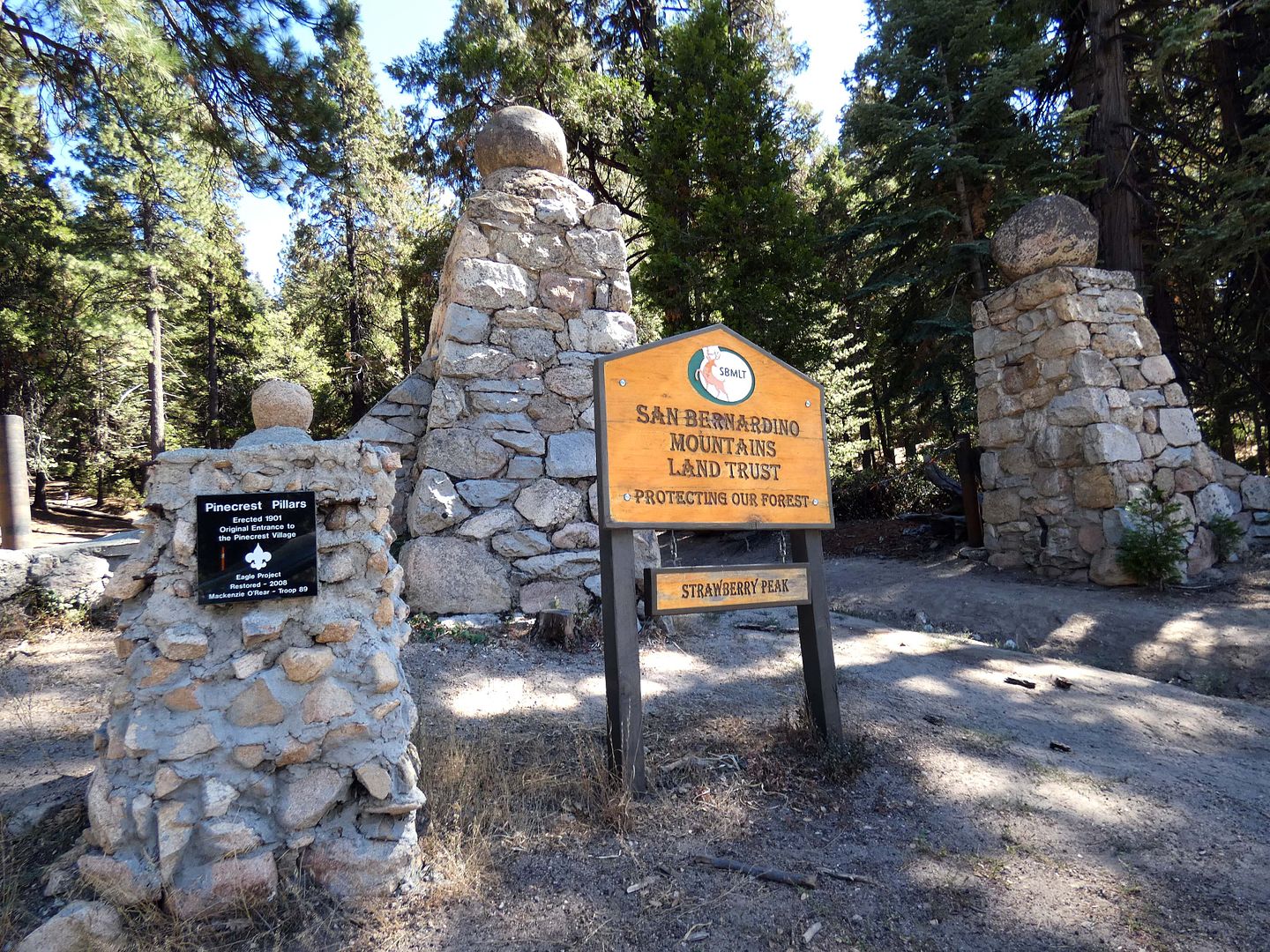
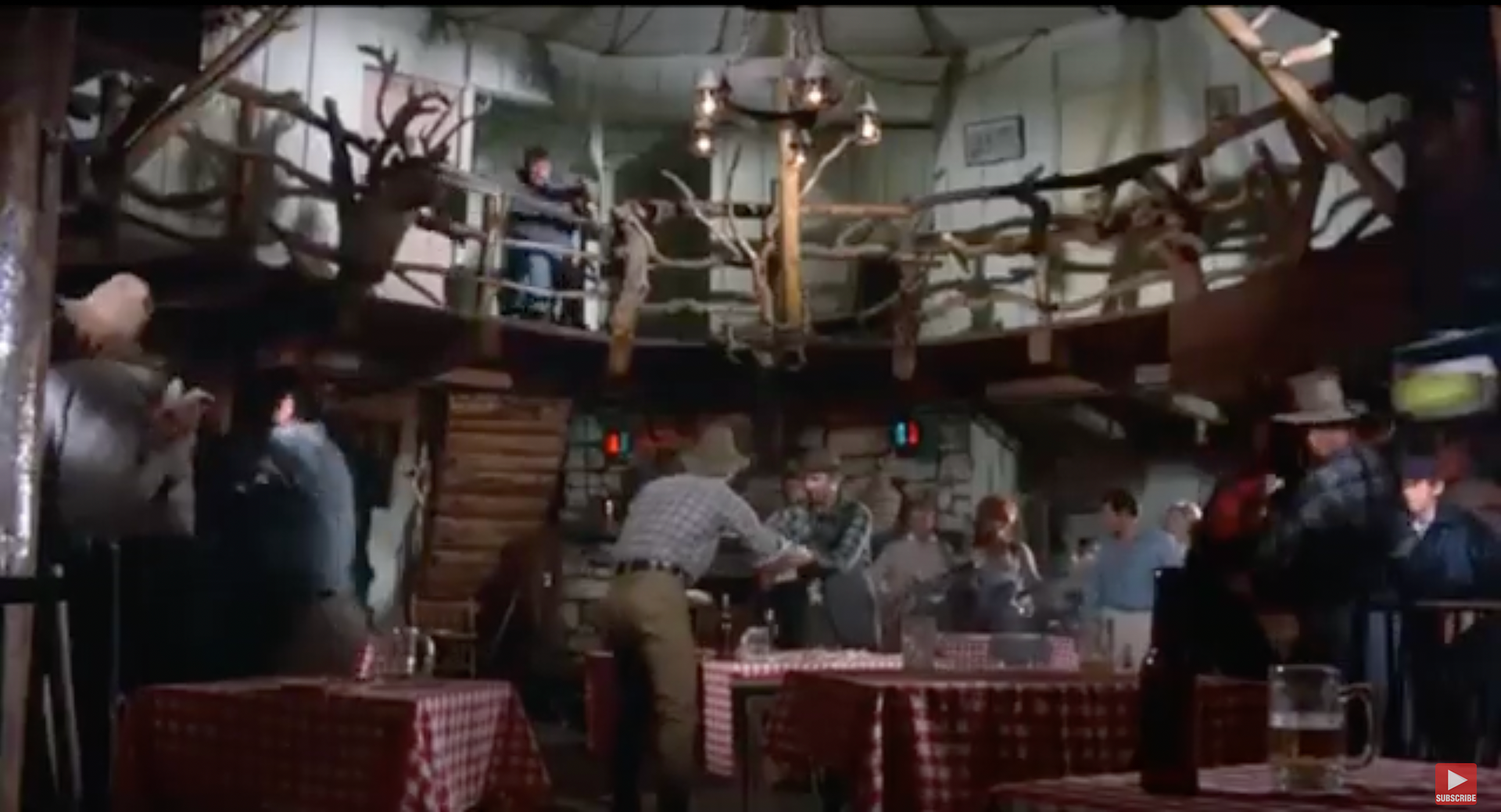

The story goes that the area was being used for logging operations in the timber forest—a.k.a. deforestation—with lumber being brought down to the city of San Bernardino via incline railway and cowboys wrangling beasts of burden, like oxen and horses.

Where Pinecrest stands today had been untouched, pristine forest (one advertisement called it "primeval")—but was threatened when a local mill, Guernsey Lumber Company, expressed interest in taking it over and chopping down the virgin timber. That prompted retired railroad physician (and co-founder of the neighboring Squirrel Inn) Dr. John N. Baylis to step in and fulfill his dream of creating a resort that would cater to a more humble clientele.

He started building across the 160-acre property in 1906, when it was surrounded by what was then the San Bernardino Forest Reserve. (It became a national forest in 1907.)

By the time the resort officially opened in 1909, it consisted of 100 log cabins, a post office, and, among other structures, a round pavilion that served as the dining hall ("The Round House" or "Roundhouse Cafe").

Baylis is considered a pioneer of the area not only for the creation of the Pinecrest resort, but also for leading the charge of getting the Rim of the World Highway (Highway 18) established (and named as such). When it opened as a 101-mile loop in 1915, ROTW Highway provided better vehicular access to the mountains (rather than just old horse-drawn stagecoach routes) and even helped boost the "Mountain Auto Line," an auto stage that consisted of makeshift truck-shuttles bringing groups of visitors up into the mountains.

Once a stagecoach station was no longer needed at the resort (because of course the Rim of the World Highway went straight through it), Baylis also built a central lobby/reception area—connecting the dining pavilion with another pavilion on the other side.

circa 1920s guest register on view at the Mountain History Museum, Lake Arrowhead
By 1917, Pinecrest was the largest such resort in the San Bernardino Mountains, with a capacity for 500-600 guests.

Miraculously, all three connected structures of the "main building" are still standing—despite the wildfires, storms, floods, plagues, and progress that usually take down old mountain resorts. In fact, a lot of Pinecrest did burn down in a 1911 fire (including the South Park Lodge), and much has been lost to time—including a three-story hotel known as "The Rookery," completed in 1917 and razed in the 1967 as a safety hazard.

But the pavilions and lobby still exist and are still used today by the owner of Pinecrest since 1955—the Assemblies of God, which runs it as a Christian conference center. When they first purchased Pinecrest, it was one of their first church camps—and their only in California at the time. Assemblies of God is now one of the largest Pentecostal denominations in the U.S. (although all denominations are welcome to visit the camp today).

The inside of the dining pavilion is even more staggering than the outside, with its tree-trunk beam ceiling and central fireplace...

...the latter of which actually acts as support for the roof.

The wagon-wheel-style chandeliers are now electric and outfitted with incandescent bulbs (rather than candles or gas lamps)—but otherwise, it's a total time warp.

We had lunch in the other pavilion, which was once used as a dancehall/saloon/tavern—where "dancing girls" lived upstairs and would wave from the balcony rails. Those open spaces have since been walled off (but you can see what they used to look like at the bottom of this post).

That ceiling is being held up by more tree trunks, acting as support beams.

Assemblies of God had actually abandoned the camp in 1970, leaving the structures exposed to the elements—but it returned in the 1980s, when it tore down dilapidated buildings and rebuilt some residential structures.

They even operate a gift shop out of the office building...

...where the Pinecrest Grocery once operated.

A real treat of the tour was hopping on the flatbead of a 1937 John Deere tractor and being driven around the property...

...after we'd heard stories about Pinecrest being home to "the first infinity pool"...

...and even being a Hollywood destination for film processing (and at least one movie shoot).

Now there are churches and multiple chapels.

And while promotional materials once touted the opportunity for "a day's roughing it," there were plenty of amenities—like baths, running water, and inside toilets—available in some cabins and hotel rooms for an extra fee. (You had to bring your own towels.) On-site laundry facilities were also available.

Although the newer buildings are much plainer and more utilitarian, the site as a whole retains its rustic character in the natural beauty of the forest setting, at 5480 feet of elevation.

And just like when Pinecrest was a secular mountain resort, it still offers "privacy and comfort without isolation" in "The Land of the Sky."

Some of the resort-style leftovers include a lake with a boardwalk bridge (currently dried-up in the drought)...

...and even a zipline, helping Pinecrest continue its reputation as "California's Finest Playground."

One of the highlights of the tractor ride was passing through the resort's original apple orchard, home to the now-defunct Pinecrest Apples brand.
.jpeg)
crate label image via eBay/Worthpoint
Some of the apple trees in the orchard are over 100 years old—and still bear fruit.

But Pinecrest faded into obscurity while its neighboring mountain resort town, Lake Arrowhead, flourished—and still thrives today.

But it's still enough of a draw to bring me out to the mountains, after driving two hours up and around the twists and turns of that Rim of the World Highway.

The grounds have been downsized somewhat—they used to extend to the other side of Highway 189, in an area once known as "South Park." You can still see the stone pillars that were erected at that end (the sign says in 1901, but it was actually 1906 according to the Mountain History Museum) and, in 2008, restored by Eagle Scouts. They now mark the trailhead for the hike to Strawberry Peak, accessible through the San Bernardino Mountains Land Trust gateway.
In fact, I'd noticed these same pillars during my last visit to Lake Arrowhead in August—and I'd even craned my neck to see what they were.
I didn't pull over.
And the next thing I knew, I was signing up for an event that would bring me back to them. Because sometimes things just work out that way.
Pinecrest Resort is Rim of the World Historical Society's Cultural Landmark #1, and its dining hall is a designated California historical resource. To see the Pinecrest Resort for yourself, look no further than the 1969 movie The Devil's 8, which was shot onsite.
The main building serves as "Burl's Bar" (where there's an epic, drunken brawl that shows off that tavern railing, below); and there's a chase scene down the main access road and lots of activity around the lake.

Screenshot via YouTube
Related Posts:

Our family used to go to Pinecrest in the early 40s & 50s loved that place swimming horseback riding everything.
ReplyDelete